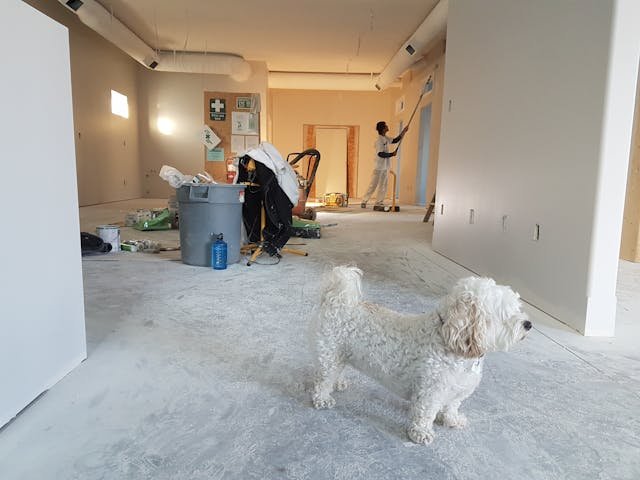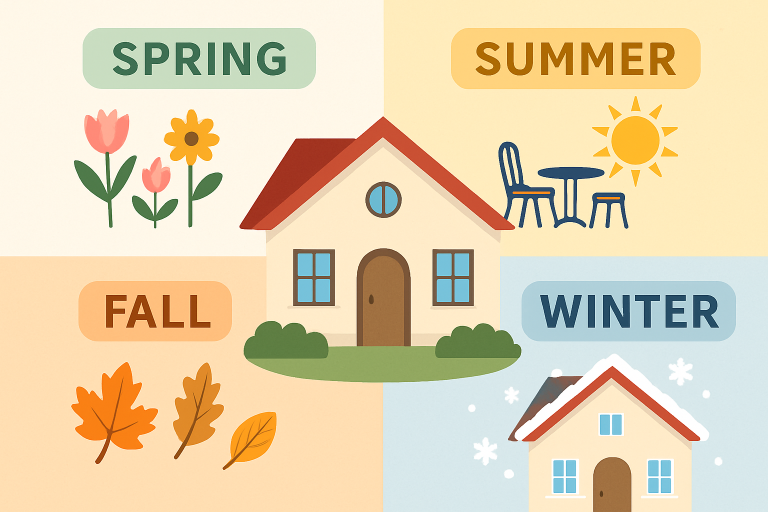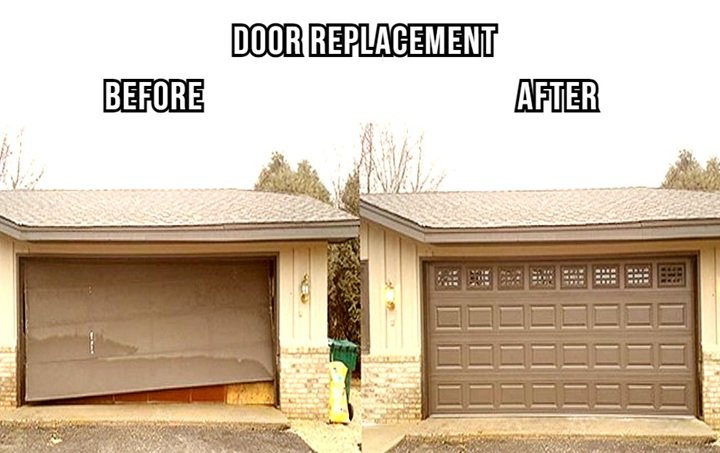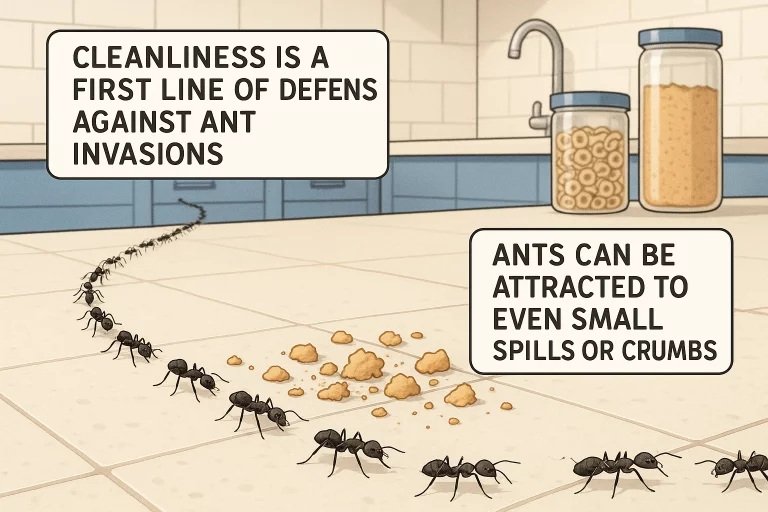
Finding mold in your home can be a distressing experience. Not only does it create unsightly stains and unpleasant smells, but it can also have profound health implications if left untreated. Mold flourishes in wet and humid environments, rendering it a frequent issue in numerous homes. Whether in your bathroom, basement, or any other part of your home, dealing with mold swiftly and effectively is crucial. This article delves into comprehensive strategies for identifying, removing, and preventing mold in your house.
Table of Contents:
- Understanding the Causes of Mold Growth
- Identifying Mold in Your Home
- Health Risks Associated with Mold
- DIY Mold Removal Techniques
- When to Call a Professional
- Preventing Future Mold Growth
- Key Takeaways
Understanding the Causes of Mold Growth
Mold is a type of fungus that develops in multicellular threads called hyphae. Like organic materials, it flourishes in settings that offer moisture, warmth, and nourishment—the reasons for mold development are water leaks, elevated humidity, and inadequate ventilation. Areas prone to condensation, like windows and piping, are also hotspots for mold development. Understanding these causes is the first step toward effective mold management. If your home has experienced flooding, is poorly ventilated, or has had leaks, be vigilant about mold growth. Valley Restoration and Construction can assist in identifying and addressing mold issues, ensuring a safe and healthy living environment.
Identifying Mold in Your Home
Mold can be easily identified by its musty odor and appearance, ranging from green, black, and white to orange or purple in certain conditions. It often appears as spots or patches on walls, ceilings, and floors. To effectively identify mold, start with a visual inspection of your house, paying extra attention to areas with water exposure. Mold can hide behind wallpaper, under carpets, and within HVAC systems, making it vital to be thorough. If an area smells musty or damp, it’s worth investigating further to rule out the presence of mold.
Health Risks Associated with Mold
Mold exposure poses several health risks, especially for individuals with respiratory issues, allergies, or weakened immune systems. It can cause symptoms like sneezing, coughing, skin rashes, and eye irritation. In severe cases, prolonged mold exposure can lead to respiratory infections or exacerbate asthma symptoms. Understanding these risks underlines the importance of prompt mold remediation. Ensuring that your household is free from mold is not just an aesthetic concern but a critical element of maintaining good health.
DIY Mold Removal Techniques
DIY removal can be effective for small areas affected by mold. Wear protective gear, including gloves, masks, and goggles, to prevent inhaling spores or direct contact. Use water and detergent to scrub off the mold from non-porous surfaces. A vinegar solution or commercial mold remover can be applied for stubborn stains. Ensure adequate ventilation while cleaning, and dispose of all cleaning materials in sealed bags to prevent spreading spores. Always dry the area thoroughly afterward to discourage mold regrowth.
When to Call a Professional
While DIY methods suit minor mold issues, large infestations or mold growing in hard-to-reach areas often require professional intervention. Professionals use advanced techniques such as HEPA vacuuming, dry ice blasting, and antimicrobial treatments to eliminate mold. They also take preventive measures to ensure that mold does not return. If you suspect extensive mold growth, notice structural damage, or experience persistent health issues, seeking expert help is essential. Professionals can assess the situation accurately and ensure comprehensive mold removal and remediation.
Preventing Future Mold Growth
Preventing mold growth involves maintaining a dry and well-ventilated environment. Consider investing in dehumidifiers to control indoor humidity levels, especially in damp areas. Regularly inspect your home for leaks and repair them promptly. Ventilate rooms that generate moisture, such as kitchens, bathrooms, and laundry rooms, by opening windows or using exhaust fans. For added precaution, consider using mold-resistant products and materials during renovations. Implementing these preventive strategies will significantly reduce the risk of mold returning to your home.
Key Takeaways
- Understand that mold thrives in damp, warm environments with abundant organic materials.
- Regularly inspect your home for mold by checking areas with water exposure or moisture retention.
- Mold causes various health issues; thus, its removal and prevention are essential for household safety.
- DIY mold removal is suitable for small patches but ensures proper protective measures.
- Professionals should be engaged for large infestations or mold in difficult-to-access areas.
- Prevention is key: Keep your home dry and well-ventilated and promptly repair leaks.
In conclusion, while finding mold in your home can be concerning, taking informed actions can effectively control and prevent its growth. By implementing the strategies outlined, you can create a healthy living environment free from the health hazards posed by mold.



